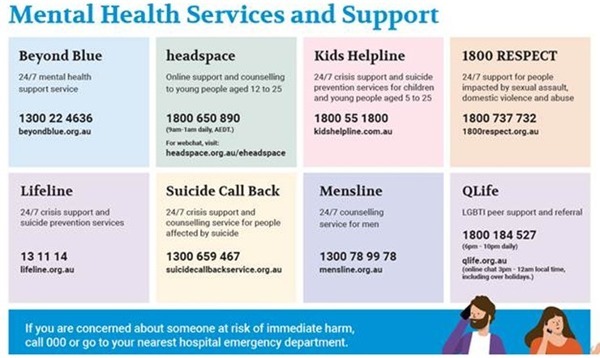Wellbeing Team News Update
Senior Secondary Guidance Officer – Steve Jones
Read the attached article for the latest information targeted to senior students of careers and pathway information.
https://pbc-shs.eq.edu.au/support-and-resources/guidance-officer
Senior Secondary Guidance Officer Steve Jones (Email : sjone79@eq.edu.au)
Junior Secondary Guidance Officer - Anna Willis
Goal Setting: 6 Steps to Make the Process Easier and Make You More Productive (Part 1)
To begin, you’ll need to pick a goal. That might seem obvious. But many people fail to achieve their goals. Why? They don’t spend time defining their specific goal(s). To do so, follow steps #1-6:
Step 1: Choose a Priority Goal
During goal setting, people often want to overhaul too many habits at once. For example, start a diet, workout, sleep more and start meditating. All starting January 1st. Pursuing too many goals simultaneously often leads to failure of all goals. Instead, set a priority goal by asking: What is the one goal I can give the necessary time and energy to pursue right now?
Step 2: Pursue a Lofty Goal
Your chosen goal should be ambitious. Simple goals won’t cause sufficient levels of neural arousal and stress to stimulate real growth and learning. Therefore, aim for a lofty goal.
Step 3: Define Specific Actions
While overarching goals like “get fit,” “write a book” or “run more” are helpful to list during brainstorming, you must identify the actions involved in achieving each of these ‘macro’-goals. Break down your desired outcome into specific actions steps to significantly improve your likelihood of achieving your goal. For example, run three times per week.
Step 4: Goal Measurability
Establish a finite time course to complete your goal; I’d suggest a 12-week time period is appropriate for most goals. Within this quarterly timeframe, define:
- Total hours per week
- Specific days
- The length of each goal-oriented work session
- A specific time window (e.g., from 8 a.m. to 9 a.m.) or a time constraint (e.g., before 9 a.m.) for the goal-oriented work session
Step 5: Quantify Your Goals
Some goals have easily quantifiable outcomes (e.g., running a marathon in less than a given amount of time). Others are more subjective (e.g., developing a meditation practice). With loosely defined goal outcomes, take extra care. Outline the specific, necessary actions for your plan. For any type of goal, it can also help to designate smaller outcomes along the 12-week journey. They will keep you feeling motivated.
Step 6: Don’t Tell the World!
Have you ever started a goal and wanted to share this news via group text or a social media post? Unfortunately, receiving positive feedback on a newly set goal can undermine your success. This positive encouragement can activate the brain’s reward mechanisms. This reduces your motivation to continue pursuing the goal. You already got the reward without the hard work. So, when you start a goal, it’s usually best to keep this endeavour to yourself. It can also make sharing with friends and family more fun once you’ve hit your first milestone.



